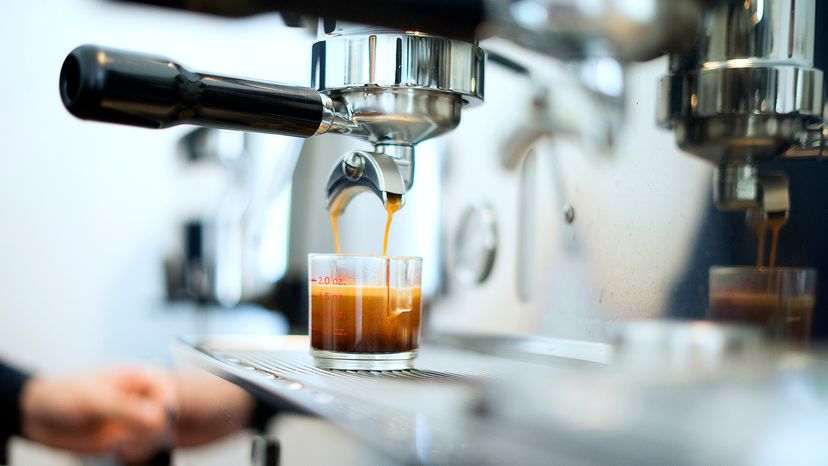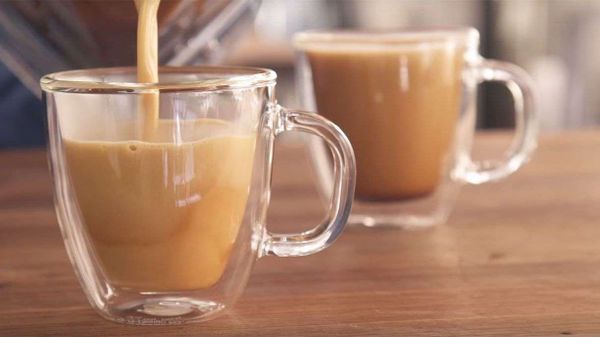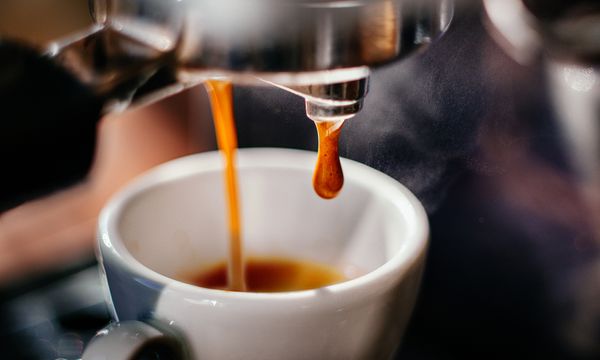
If you can't start your morning without a cup of joe, you're not alone. American's consumption of coffee is up — it's the highest it's been since 2012 — and global exports are too. According to the International Coffee Organization, world coffee exports increased by 2.2 percent between October 2020 and July 2021 compared with the same period in 2019 and 2020.
Clearly coffee has become an important daily ritual for many Americans, which begs the question: Why are so many coffee lovers ordering those drinks in Italian? From lattes to macchiatos, Americans are rolling Italian words off their tongues. How did this happen? After all, coffee doesn't have roots in Italy.
Advertisement
Legend has it that the great bean originated in the Ethiopian plateau and was discovered by Kaldi the goat herder. It spread throughout the Arabian Peninsula and adjacent areas before Europeans encountered coffee in the 17th century. The Dutch are to thank for much of its global spread. Nevertheless, many of the coffee drinks we know today and popularized by Starbucks (more on that later) do originate in Italy, and it has everything to do with the invention of the espresso machine.

